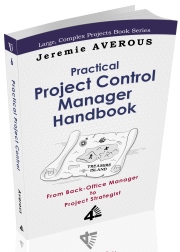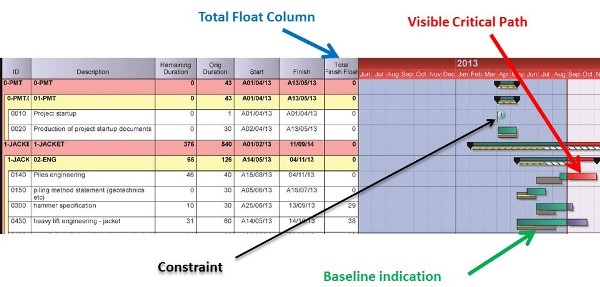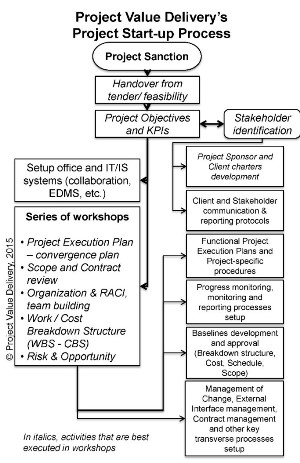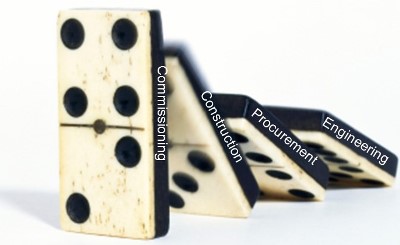How the Project Leader can Break Out from Counter-Productive Frames of Mind
Coaching practitioners know there are 8 frames of mind in which people sometimes get stuck, to the point of having difficulties to escape by themselves. In our new White Paper 2016-19 ‘How the Project Leader can Break Out from Counter-Productive Frames of Mind’, based on Project Value Delivery’s experience, we examine what are the symptoms of these 8 frames in project management context, and how Project Managers can break out.
 Frames of mind are ways we frame situations. Frames can come from our past experience, which leads us to frame a situation in a particular way, or simply in the way we apprehended a particular situation when it started. Sometimes it can be difficult to escape a particular frame of mind if it reinforced over time. As coaches for project managers, our interventions often consist of helping project managers overcome a particular frame that impacts negatively the realization of the project, as well as the quality of life of the project manager himself.
Frames of mind are ways we frame situations. Frames can come from our past experience, which leads us to frame a situation in a particular way, or simply in the way we apprehended a particular situation when it started. Sometimes it can be difficult to escape a particular frame of mind if it reinforced over time. As coaches for project managers, our interventions often consist of helping project managers overcome a particular frame that impacts negatively the realization of the project, as well as the quality of life of the project manager himself.
In the paper we examine the 8 frames and explain what are the symptoms, and how to break out of these frames of mind:
- Significance
- Delay
- Doubt
- Reacting
- Invalidation
- Blame
- Trying
- Fraud
In a project environment, frames expressed excessively can lead to largely dysfunctional leaders and teams, thus impeding project success. As project environments are often stressful, high stakes situations, we might tend to react subconsciously according to pre-defined frames. So, in a project, take care of your mind frames!
Read our new White Paper 2016-19 ‘How the Project Leader can Break Out from Counter-Productive Frames of Mind’ to break out when you get stuck in a particular frame of mind when you are managing a project!












